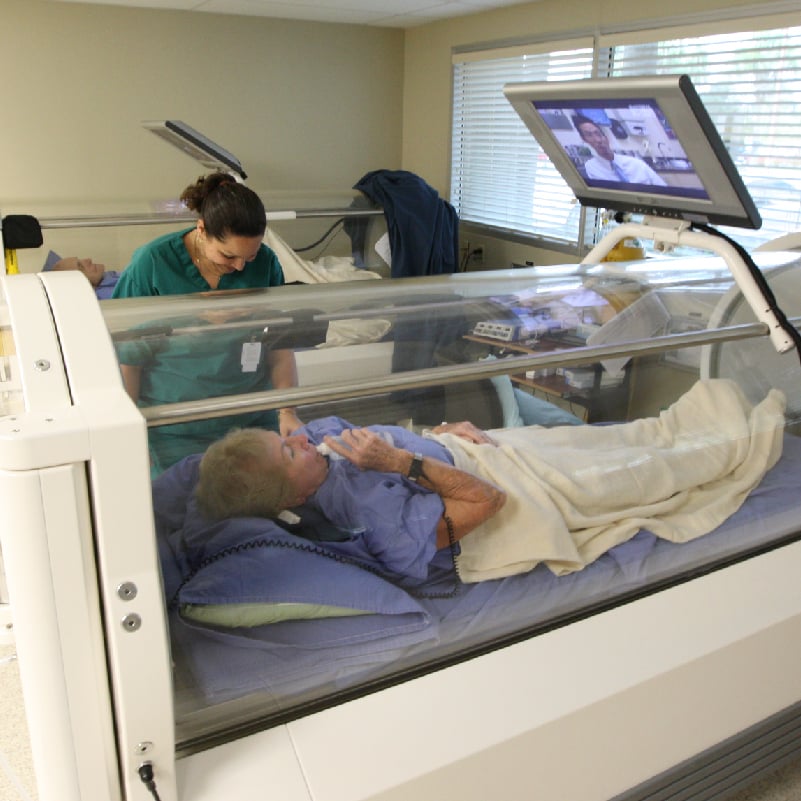As the COVID-19 pandemic became the world’s primary focus in healthcare in the last couple years, preventative health screenings have seen a drop-off.
Doctors and healthcare providers are urging patients not to skip their regularly-scheduled screenings, especially since many conditions can be an increased risk factor for more severe cases of coronavirus.
A new recommendation for prediabetes and diabetes screenings will affect millions of Americans. Seth Charatz, DO, a diabetes specialist with Rochester Regional Health, describes the ideas behind the changes and why they matter.
--
Diabetes in the United States
More than one third (34.5 percent) of all adults in the United States meet the criteria for prediabetes, and an estimated 13 percent of all U.S. adults have diabetes, according to the CDC’s 2020 National Diabetes Statistics Report.
Prediabetes is a health condition characterized by high blood sugar levels that are getting close to qualifying as type 2 diabetes. This happens when your pancreas overproduces the insulin hormone as a way to process extra blood sugar.
Type 2 diabetes is a condition in which your pancreas can no longer produce the amount of insulin your body needs to regulate its blood sugar levels. As a result, your blood sugar levels increase, which can lead to serious health problems including kidney and heart disease.
“The tough part about prediabetes and type 2 diabetes is that symptoms start to develop over a long period of time, so you often don’t recognize them until it becomes more serious,” Dr. Charatz said.
Recommended changes
The U.S. Preventative Service Task Force is an independent panel of national experts in disease prevention and evidence-based medicine who volunteer their time to review evidence in health fields and make recommendations about clinical preventative services.
As part of the recommendation, the USPSTF encourages physicians to screen patients for prediabetes and type 2 diabetes starting at age 35, specifically patients who are overweight or obese. The screenings are recommended every three years.
Providers are also encouraged to offer or refer patients with prediabetes to “effective preventive interventions.”
This is a change from previous guidance issued in 2015, which recommended screening adults starting at age 40.
The reasons behind the change are based on evidence which suggests more people are being diagnosed with diabetes starting around age 35. The data reviewed by the USPSTF also suggests screenings can lead physicians to recommend interventions earlier. The younger someone might be when they are diagnosed, the better those interventions work for them.
Screening process
The first part of screening for prediabetes or type 2 diabetes will be to perform a blood test. This is usually done by a patient’s primary care provider ahead of or at their annual checkup.
Once the results come back, your provider will have a conversation with you based on where your blood sugar levels stand.
Two significant risks for prediabetes and type 2 diabetes are being overweight and being obese. Other health factors may also be taken into consideration during the screening.
“Some parts of a person’s lifestyle that may put them at a higher risk can be changed,” Dr. Charatz said. “But family history and race can also factor into a person’s risk of developing prediabetes or type 2 diabetes.”
How to lower your risk
In general, there are steps a person can take to lower their risk of prediabetes or type 2 diabetes and have a healthier lifestyle.
Some of those changes might include:
- Exercising 30 minutes a day
- Eating more vegetables
- Eating less red meat and sweets
- Losing weight
There are diabetes specialists who can suggest programs or people who can help you get on the right track to living healthy and reducing the risk of developing these conditions.




